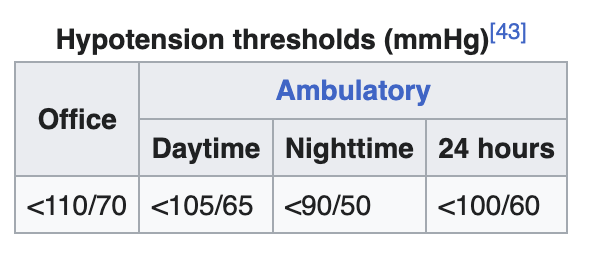Do we know the potential mechanism of action?
It’s probably not homocysteine-lowering as “The findings argue against a causal role for homocysteine in the development of depression.” (Plasma homocysteine concentrations and depression: A twin study 2021)
Wikipedia says: “The exact mechanisms involved in the development of schizophrenia and depression are not entirely clear, but the bioactive folate, methyltetrahydrofolate (5-MTHF), a direct target of methyl donors such as S-adenosyl methionine (SAMe), recycles the inactive dihydrobiopterin (BH2) into tetrahydrobiopterin (BH4), the necessary cofactor in various steps of monoamine synthesis, including that of dopamine and serotonin. BH4 serves a regulatory role in monoamine neurotransmission and is required to mediate the actions of most antidepressants.”
Also: at which dose do the antidepressant effects start? Solgar sells metafolin 400 μg. Metafolin is the active ingredient of Deplin (15 mg). It’s just a branded version of levomefolate calcium, a calcium salt of levomefolic acid (aka L-5-MTHF or L-methylfolate).
I found this: “Folate supplements especially levomefolic acid (L-5-methylfolate) demonstrated improvement in clinical outcomes in certain mental health conditions, such as in major depressive disorder (including postpartum and post-menopausal depression), schizophrenia, autism spectrum disorder, attention deficit hyperactivity disorder and bipolar affective disorder. Daily dosage range is 50 microgram to 15 mg orally daily depending on the clinical diagnosis and clinical presentation.” (The potential use of folate and its derivatives in treating psychiatric disorders: A systematic review 2022)
And this: “Meta-regression analysis demonstrated that there is no evidence of a significant linear relationship between dose and duration of folic acid supplementation and changes in HAM. Also, based on the non-linear dose response, no evidence of a relationship between dose and duration of folic acid supplementation and changes in HAM was found. […] Folic acid supplementation could possibly have an effect on lowering depression in patients. However, the clinical trials thus far are insufficient for clinical guidelines and practice.” (The effects of folic acid supplementation on depression in adults: a systematic review and meta-analysis of randomized controlled trials 2023)
However, most clinical trials looked at high-dose L-methylfolate (> 2.5 mg/day) and only as an adjunct to antidepressants: Folate as adjunct therapy to SSRI/SNRI for major depressive disorder: Systematic review & meta-analysis 2021: “Adjunct therapy with l-Methylfolate or folic acid improves depression scale scores, patient response, and remission rates.”
And also iron deficiency.

